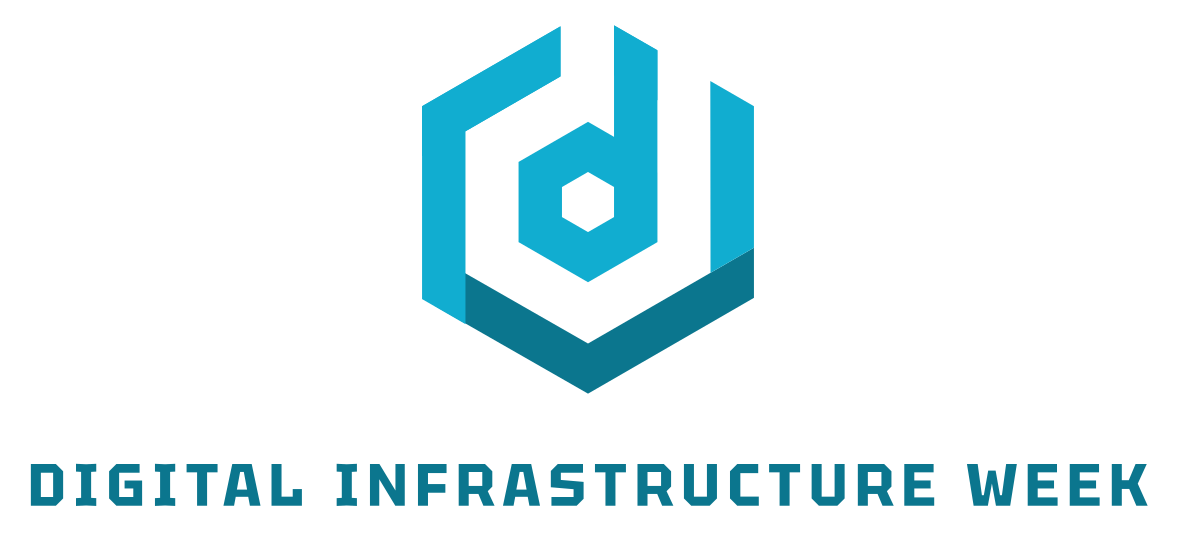Digitizing the Work Zone is the Key to Greater Safety
Authored By: Simon Topp, Chief Commercial Officer, one.network
Charles Scanlon has saved thousands of lives.
In 1940 when he was painting streets in Los Angeles, he designed a conical marker to keep people from driving over his fresh paint. Three years later, he patented the rubber traffic cone that has become so ubiquitous on American roads. But in 2023, Mr. Scanlon and his invention can’t be solely responsible for safety around work zones. The traffic world has changed dramatically in 80 years. The American population has soared, and deaths on American roads have nearly doubled. More than 40,000 people lose their lives each year as a result of traffic crashes and approximately 900 of them died in work zones in 2021.
Over the last few decades, our industry has done a remarkable job of developing technology to protect drivers on roadways. Intelligent transportation is becoming more sophisticated all the time and we are deploying technologies that show promise in accomplishing the goals of Vision Zero, yet somehow, we haven’t kept pace in the most dangerous place on our roads – the work zone. The problem is one of awareness. We know that appropriately delivered and timely information is the key to reducing crashes. Cones and lights at road construction sites are effective but appear too late in the driver awareness window. Overhead signage suffers from exactly the opposite problem, often delivering information well before drivers need it. Think for a second about how we use our GPS applications. There’s a big picture map and depending on settings, a verbal warning that we need to prepare for a turn ahead. Navigation apps aren’t reliant on a physical sign on the side of the road, and they can deliver key information in the right place, at exactly the right moment.
That’s why at one.network, we work hand in hand with Google, Waze and the other GPS operators to deliver work zone information in much the same way. We’re digitizing work zones and putting the power to protect workers and drivers, in the hands of the crews doing the work. It’s a simple concept that defeats one of the biggest problems in work zone and unplanned event management – the problem of accuracy. The fact is that work zones often don’t progress at the same rate articulated in permits and information on location, duration, specific lane or road closures, and even whether a work zone is active, is often outdated. Allowing workers in work zones to update those factors directly to the GPS applications, right from their own phones, mitigates the inaccuracy issue in virtual real-time. On-time, accurate information delivery has important implications for work zones safety, and also for our connected vehicle future, though in 2023, we believe any car with a smart phone in it, is a connected vehicle.
Of course, we’re not the only company working on the problem. There are several firms who recognize the issue and have developed good strategies to deal with work zone crashes, and while we believe our solution is the best, any solution that reduces the work zone death and injury numbers, has merit.
Work zone safety is a bit of a chess game. There are some moves that will have a larger impact than others and we recently announced a partnership with in-cab trucking information leader Drivewyze, to provide information right into their network. That’s crucial because most years, large trucks are involved in between a quarter and a third of all work zone fatalities. If we can use digitization to warn trucks, which let’s face it, are less nimble and require more stopping time than passenger vehicles, then we have the potential to make a significant impact in the work zone crash and injury crisis.
With due respect to Mr. Scanlon, work zone safety is a complex issue. Our industry has a responsibility to get people who use our roads, and those who build, maintain and repair our roads, home safely. We believe digitization is not just a key, it’s THE key.
